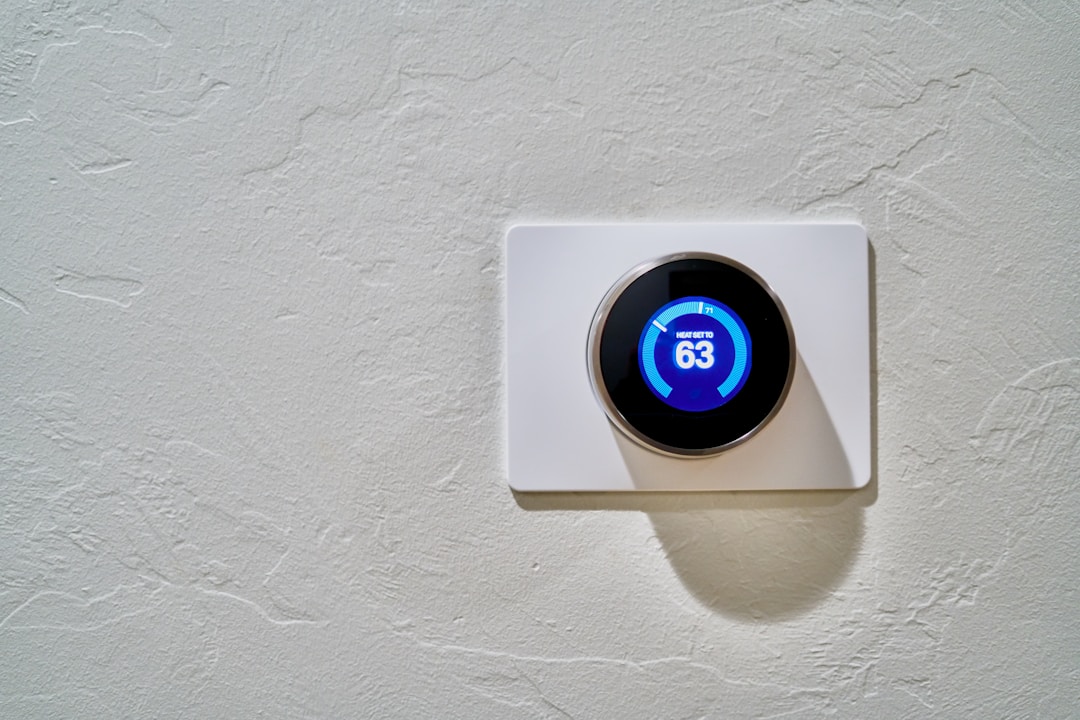Your ability to modify your environment to suit your preferences and needs ensures your comfort. For example, adjusting your indoor temperature ensures you can enjoy routine activities in your home or workplace throughout the hottest and coldest months of the year.
Your heating, ventilation and air conditioning (HVAC) system can also save your life. Globally, millions of people die from extreme temperatures every year. Consequently, having an HVAC system that can handle hot and cold temperatures enables you to address both preferences and needs. How can you ensure your furnace can handle cold temperatures? Let’s look at how to maintain your HVAC unit to ensure it works correctly year-round and how you benefit from maintaining your HVAC system.
How can you ensure your furnace is ready for winter?

Your HVAC system connects to your thermostat. When your indoor temperature drops below the set temperature, your furnace comes on. The unit pulls air in through return vents. This air travels along ducts until it reaches the HVAC unit. It passes through a filter and enters the unit, where the furnace warms the air. The warm air travels through ducts to supply vents, where it blows out into the rooms in your house.
Your thermostat isn’t the only factor that affects your indoor temperature. Extreme cold weather can make it challenging for your furnace to heat enough air to compensate for drafts. However, malfunctioning HVAC systems may also struggle to maintain a desirable temperature in your home.
To ensure you’re ready for winter, you must make sure your furnace or heat pump can handle cooler temperatures. The best way to be confident your unit can handle the cold air involves having an HVAC company maintain your furnace. Schedule your HVAC company to send certified HVAC technicians to inspect your system and perform routine maintenance every fall. They’ll change the air filter, replace damaged parts, and clean your unit.
You can also have technicians clean your ducts. Inspecting and cleaning ductwork is a crucial part of HVAC maintenance. Holes in your ductwork cause leaks, making it harder for your unit to distribute warm air throughout your home. Your system can also blow contaminants and allergens picked up in dirty ducts throughout your home, affecting your indoor air quality.
How can you ensure your air conditioner’s ready for summer?

Schedule your HVAC company to send their certified HVAC technicians back each spring to maintain your air conditioner. The HVAC techs will perform similar tasks, such as replacing your air filter and cleaning the ducts. They’ll also inspect and clean your air conditioner. They’ll remove any mold growing on your evaporator coil and clean your condenser coil. The techs will also ensure your system isn’t leaking refrigerant.
Are there other ways you’ll benefit from maintaining your HVAC system?

Your ability to adjust your indoor temperature is the primary benefit of having a working HVAC system. However, there are other ways you benefit from biannual HVAC unit maintenance. While it costs money to have certified technicians inspect and maintain your system, you’ll save more money than you spend.
Regular maintenance ensures your system works correctly and extends your HVAC unit’s life, reducing your replacement costs. Also, when your system doesn’t work correctly, it has to work harder to perform its tasks. Suppose you have a hole in your ducts causing air leaks. Your furnace will run more often to try to produce enough hot air to warm your home, causing your energy bills to rise. Routine maintenance also decreases the likelihood your system will break down during a cold snap, which could be costly if you have to vacate your home while waiting for techs to repair or replace your system.
Ensuring your furnace or heat pump’s ready for the cold winter months involves having HVAC technicians maintain your HVAC system. Biannual maintenance ensures you’re ready for the hottest and coldest months of the year.
